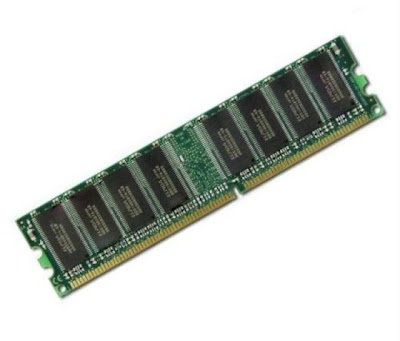Cache Memory :
It is a fast memory Which lives in between CPU & RAM. The frequently used data is placed in cache memory .CPU can access Cache memory faster than RAM. Hence it improves the performance of the system.
A CPU cache is a cache used by the central processing unit of a computer to reduce the average time to access memory. The cache is a smaller, faster memory which stores copies of the data from the most frequently used main memory locations. As long as most memory accesses are cached memory locations, the average latency of memory accesses will be closer to the cache latency than to the latency of main memory.
It is a fast memory Which lives in between CPU & RAM. The frequently used data is placed in cache memory .CPU can access Cache memory faster than RAM. Hence it improves the performance of the system.
A CPU cache is a cache used by the central processing unit of a computer to reduce the average time to access memory. The cache is a smaller, faster memory which stores copies of the data from the most frequently used main memory locations. As long as most memory accesses are cached memory locations, the average latency of memory accesses will be closer to the cache latency than to the latency of main memory.
When the processor needs to read from or write to a location in main memory, it first checks whether a copy of that data is in the cache. If so, the processor immediately reads from or writes to the cache, which is much faster than reading from or writing to main memory.
Most modern desktop and server CPUs have at least three independent caches: an instruction cache to speed up executable instruction fetch, a data cache to speed up data fetch and store, and a translation lookaside buffer (TLB) used to speed up virtual-to-physical address translation for both executable instructions and data. Data cache is usually organized as a hierarchy of more cache levels (L1, L2, etc.; see Multi-level caches).
When the processor needs to read or write a location in main memory, it first checks whether that memory location is in the cache. This is accomplished by comparing the address of the memory location to all tags in the cache that might contain that address. If the processor finds that the memory location is in the cache, we say that a cache hit has occurred; otherwise, we speak of a cache miss. In the case of a cache hit, the processor immediately reads or writes the data in the cache line. The proportion of accesses that result in a cache hit is known as the hit rate, and is a measure of the effectiveness of the cache for a given program or algorithm.
In the case of a miss, the cache allocates a new entry, which comprises the tag just missed and a copy of the data. The reference can then be applied to the new entry just as in the case of a hit. Read misses delay execution because they require data to be transferred from a much slower memory than the cache itself. Write misses may occur without such penalty since the data can be copied in the background. Instruction caches are similar to data caches but the CPU only performs read accesses (instruction fetch) to the instruction cache. Instruction and data caches can be separated for higher performance with Harvard CPUs but they can also be combined to reduce the hardware overhead.
